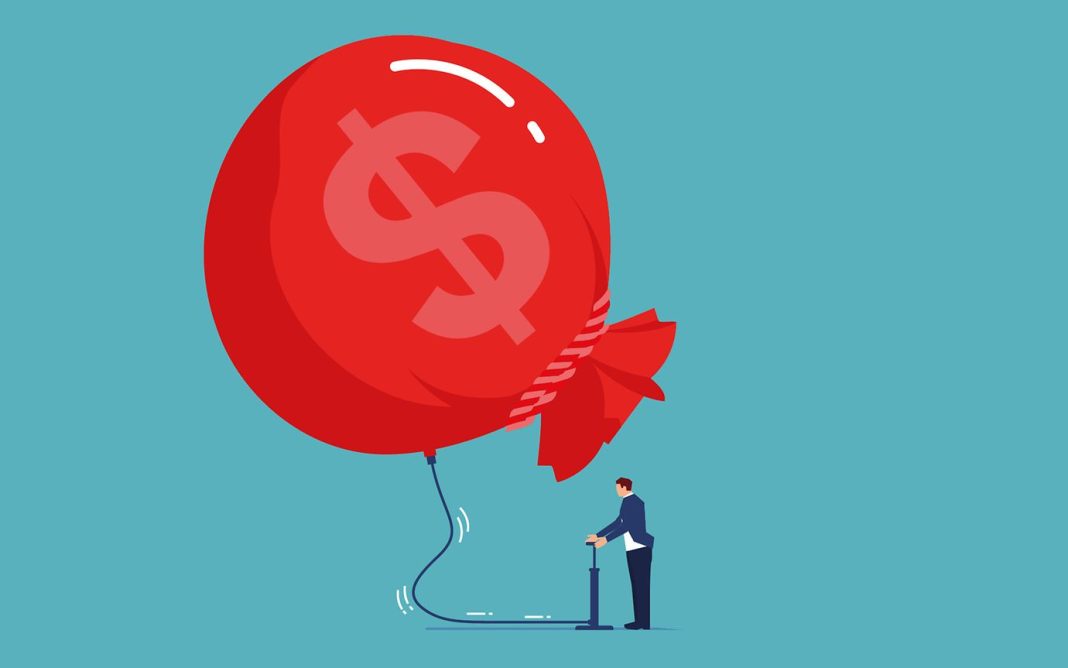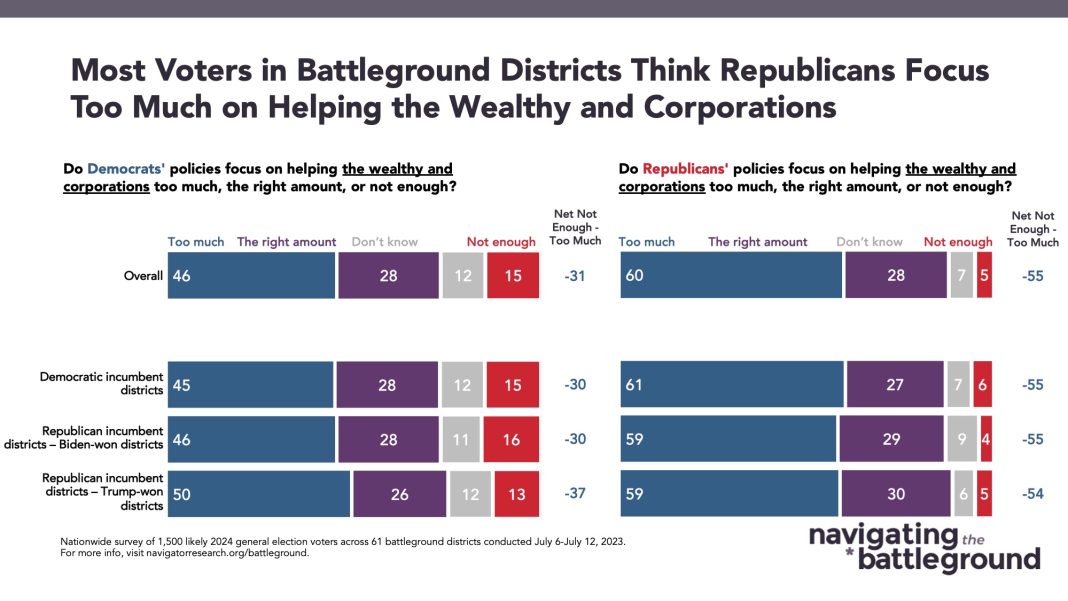
The frustration of living in today’s world stems from the failure of those in power to learn from history. It is perplexing to think that expertise is not a requirement for holding positions of authority. The words “expert” and “expertise” are rooted in the Latin term “experientia,” meaning knowledge born of trial. Experience is not merely a credential or having the right connections; it can also be gained vicariously through studying history.
By studying history, we can develop a better understanding of what to do and what not to do. One crucial lesson we can learn from history is the detrimental effects of cutting the federal funds rate during certain periods. Lowering the federal funds rate can lead to an expansion of credit, which artificially boosts the economy but ultimately proves unsustainable. This expansion of credit and money stock creates boom-like conditions, distorts production structures, and fuels inflation.
In fact, a century ago, inflation was defined as an expansion of money and credit beyond the supportable conditions for economic growth. Excess money stock spills over into fueling price increases, which is why lower rates and government debt creation are associated with inflationary conditions. This is not a complicated concept and is widely accepted in the industry and among those who have studied economics. It is essential knowledge taught in courses for financial planners and analysts.
Examining history further reveals the correlation between credit expansion and inflation. In the 1970s, there were three distinct waves of inflation, each preceded by credit expansion. The Federal Reserve interpreted lower inflation as an invitation to lower rates and avoid recession. However, this led to refinflation, which eroded the purchasing power of money.
The inflationary period we recently experienced has subsided to some extent but not enough. Despite rates not being high by historical standards, the Federal Reserve has decided that they are too high. This decision seems absurd, especially considering that the zero and negative rates manufactured by the Fed after the 2008 financial crisis created an artificial boom and distorted various sectors. To avoid recreating the history of the 1970s, it is crucial to maintain higher rates for years to come.
Lowering rates now does not make theoretical sense either. In the Keynesian framework, rate cuts are supposed to be countercyclical moves to stimulate economic growth during a recession. However, current data suggests that there is no recession, and the economy is performing well. Therefore, the basis for a rate cut seems unclear, unless the Fed is aware of something undisclosed to the public.
The current move by the Fed appears to be politically motivated, aimed at improving the economic outlook post-lockdown. While this may benefit financial markets, it does not necessarily translate into genuine economic growth that benefits everyone. Rising financials can be another manifestation of inflation, similar to increased prices for everyday goods. It simply adds new money to the existing stock, diluting its value.
Numerous aspects of the current economic landscape are unsustainable, including the federal debt, housing market, medical services market, higher education market, bloated tech and media sectors, and artificially propped-up industries through trade restrictions. A recession, openly acknowledged and not concealed by manipulated data, is necessary to rectify these issues. It may be a painful process, akin to detoxing a drug addict, but it is essential for recovery.
Unfortunately, the Federal Reserve seems determined to prevent the necessary recession. It is hard not to conclude that their actions are influenced by the upcoming November election. Additionally, the Fed has been unwilling to take responsibility for the recent inflationary period, just as they did in the 1970s. It took a new Fed chairman, Paul Volcker, to address the issue back then. However, we do not currently have a figure like Volcker to rectify the problem.
It seems that the Fed is dedicated to recreating the grim history of the 1970s, whether due to other priorities, a lack of understanding, or the banking industry prioritizing its interests over the public’s. This unfolding situation is tragic to witness. No one in the country would vote for another wave of inflation, yet with the current Fed policies, that is precisely what we are heading towards. A larger rate cut would be even worse, while no cut or even an increase would be a safer and more prudent path. This would signal that in this country, we will earn money the old-fashioned way, rather than relying on the printing press.
In conclusion, it is disheartening to see the failure to learn from history and the potential consequences of current Fed policies. By studying the past, we can gain valuable insights into the effects of credit expansion, inflation, and the importance of maintaining higher rates. It is crucial to prioritize genuine economic growth and address the unsustainable aspects of our economy. A recession, though challenging, may be necessary for the long-term health and stability of our financial system.


